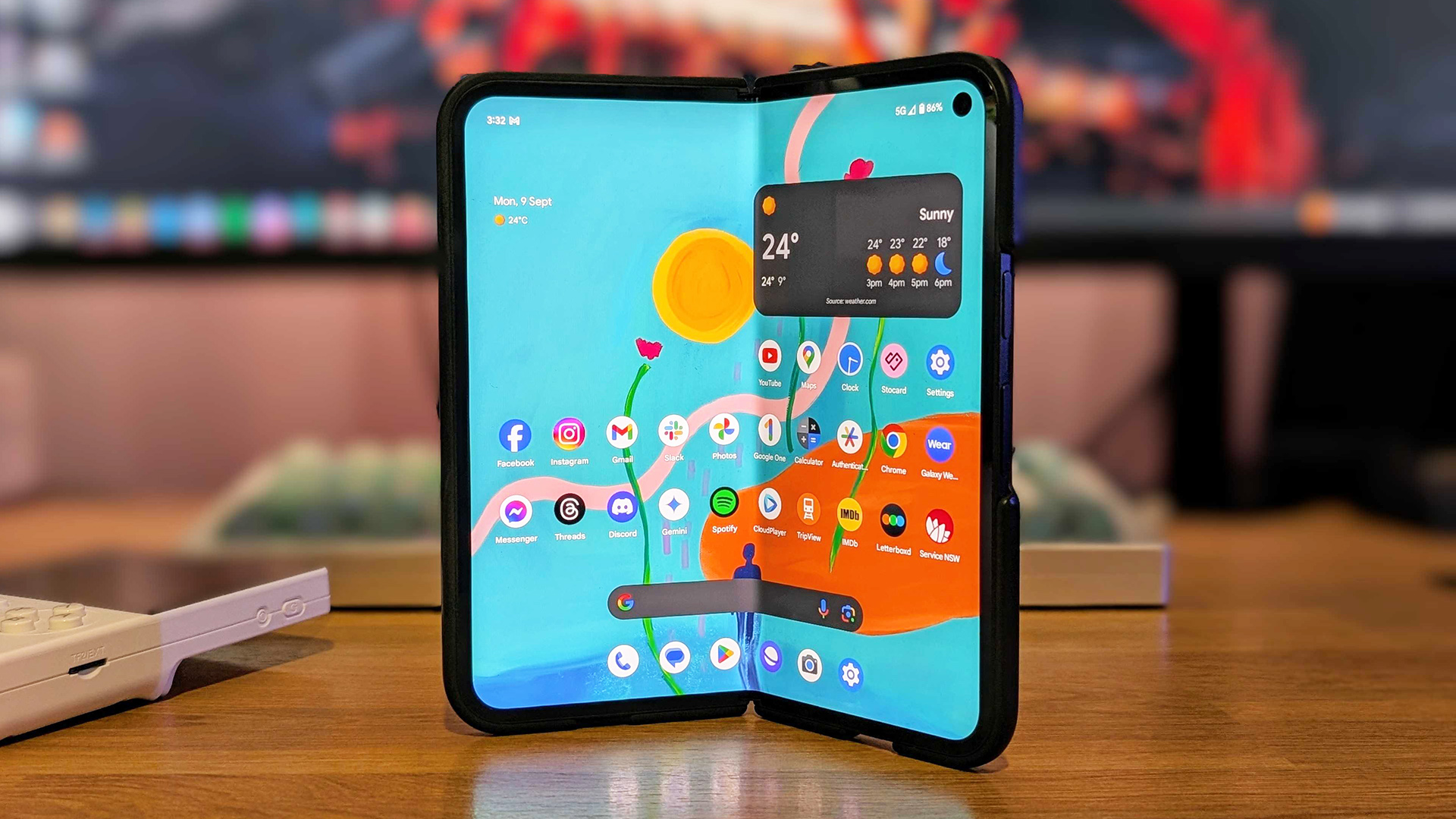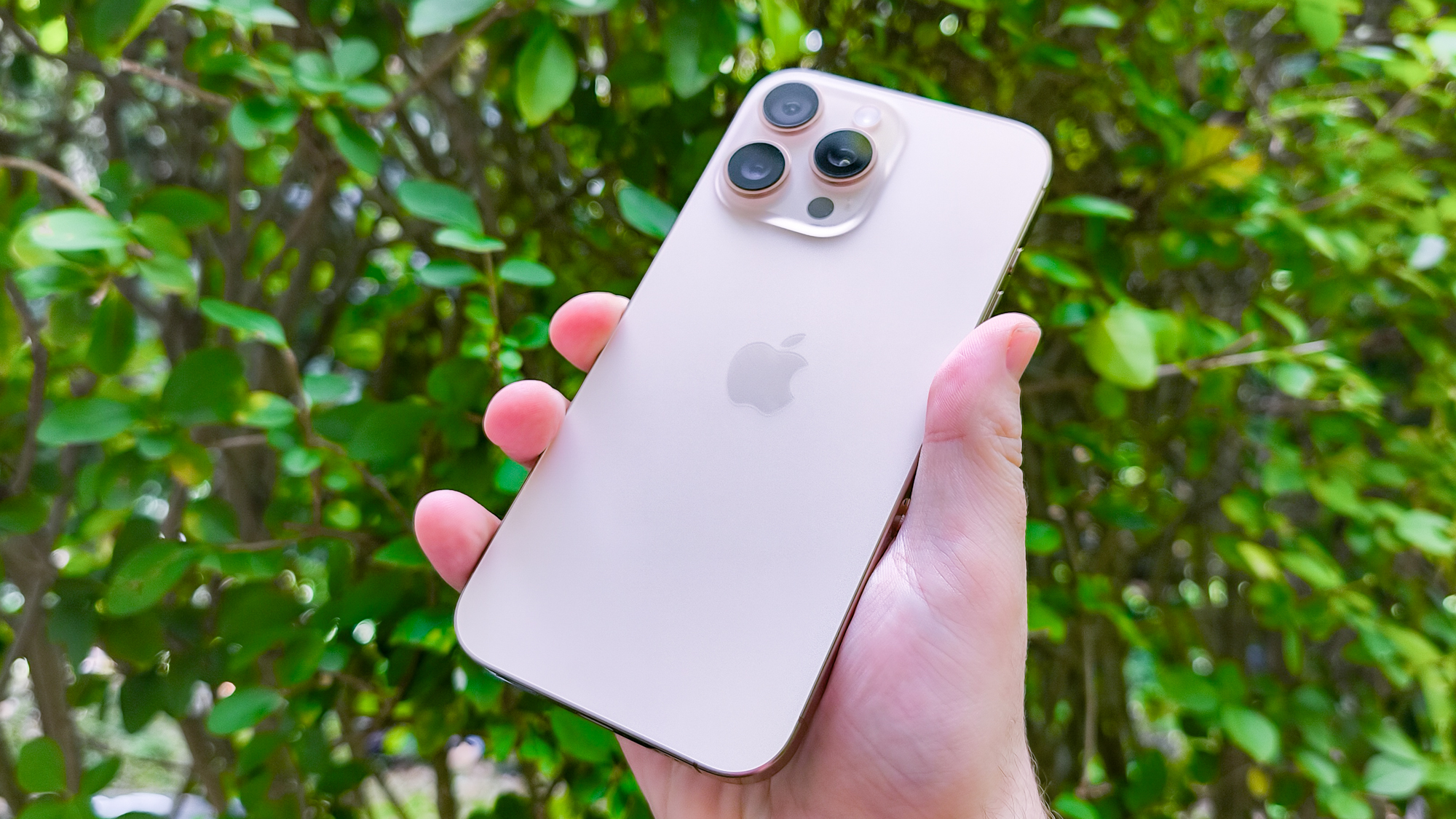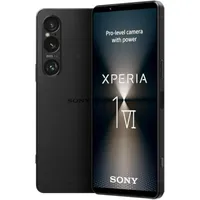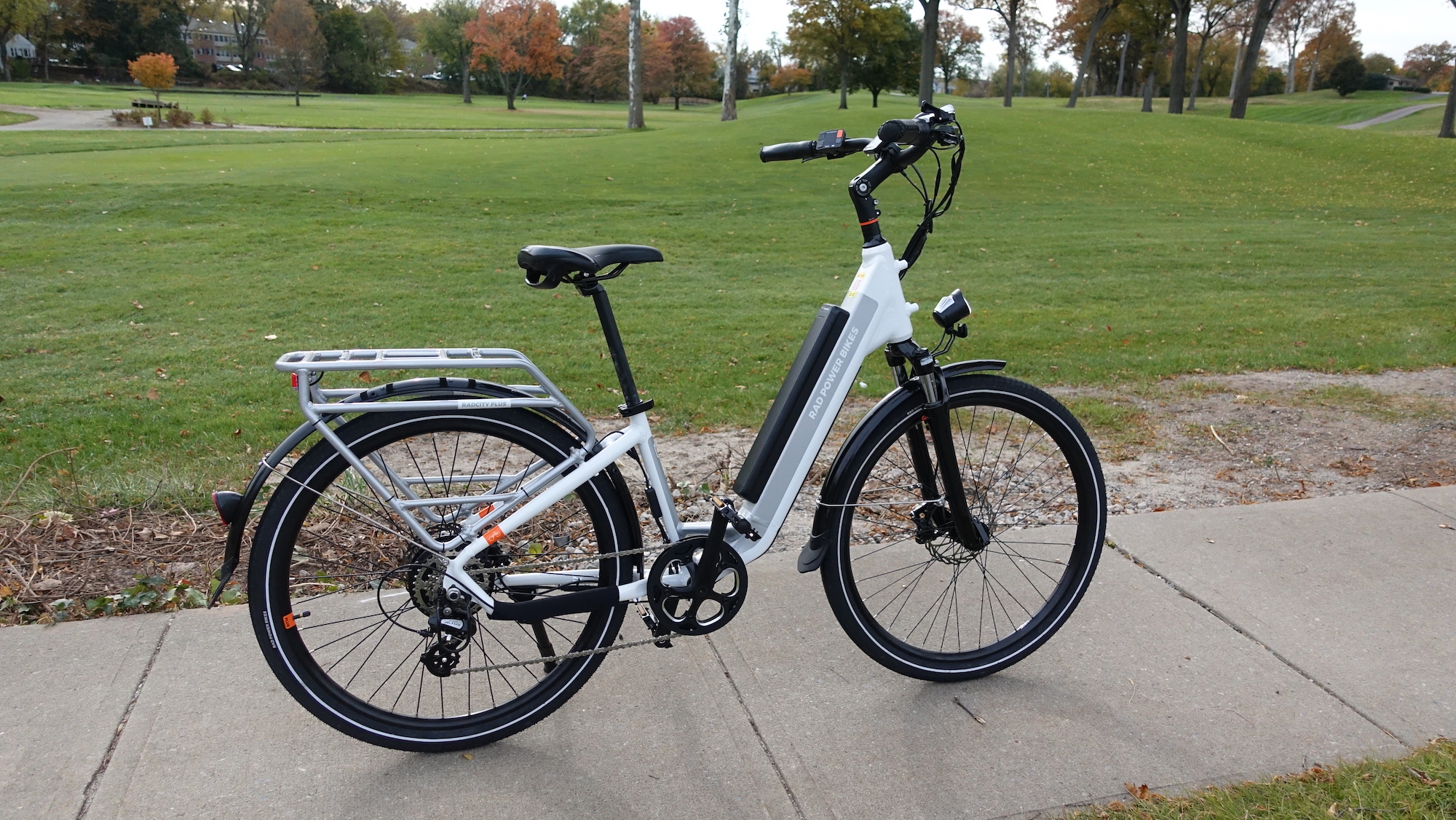I test headphones for a living — here's what you need to know about audio specs before you buy your next phone
Codecs, codecs, codecs...

You may already know about what you need to look out for when buying a new pair of headphones, but did you know that there are also things you need to watch out for when you're buying a new phone?
If you want to maximize audio quality, there are some important phone specs you need to consider before dropping your dollars on a brand new portable companion.
From software to extra connectors, let me tell you all about what you need to look for when you're next looking for a cellphone upgrade. And why you shouldn't do what I did...
Don't make my mistake

Toward the end of last year, I had to make a choice. My phone contract was up, and I wanted to move over to Android so that I could make better use of its superior Audio options.
I also wanted a foldable — if I was trading in my trusty iPhone 15 Pro Max, I needed to make sure that I was getting something at least interesting. Alas, I made a mistake.
Despite my research, I wasn't aware of the issues that Pixel devices have with high-resolution LDAC audio and support for the codec. Some of the best headphones worked when I connected them up, while others didn't see the option appear in the settings menu.
Since then, I've managed to acquire a device that supports every known codec, the Sony Xperia 1 VI. Now, I'm penning this list for you, so you don't make the same mistake.
Get instant access to breaking news, the hottest reviews, great deals and helpful tips.
The Xperia 1 VI is generally regarded as a camera-first device, but thanks to its 3.5mm headphone jack, it's also a great option for those looking for an audio step-up. It supports all high-quality audio codecs, and there are buckets of storage to store loads of hi-res streams offline.
Watch out for codecs

A codec is very important, and actually fairly easy to explain. It's a method of packing a track so that it can be sent over Bluetooth, and played over your headphones. Because both devices are either doing packing or unpacking, they both need to support the same codec.
You'll have seen them if you've ever read headphone reviews — we make sure to talk about them in all of ours — and they have names like SBC, AAC, and LDAC.
There are a couple you'll want to watch out for when buying a new phone, and you need to make sure that both your headphones and your phone support them. LDAC and the various aptX versions are what you're looking for. Those are the best quality codecs, with better packing and unpacking abilities.
Then do some further research. I've found that while a device might support LDAC or even aptX, the setting might not appear in the menu. Make sure you check message boards and other users' actual experiences before you make your final purchasing decision.
Choose the right OS

There was a time when I would have told you to "just buy an iPhone, the DACs are better."
Since the advent of higher quality codecs and other various different audio strangenesses, the story now is a whole lot more complicated. Well, more complicated in that you now have more options.
The iPhone is no longer the best way to get high-quality audio sent to your headphones. See, iPhones don't support any of the accepted high-quality codecs, like LDAC or aptX.
Instead, it only supports ALAC. That's another codec, and there actually aren't all that many headphones that support the standard. So, you're better off buying an Android phone that supports the other high-quality codecs.
Don't forget storage

If you're planning on listening to the very best streams on the likes of Tidal and Qobuz, you're going to need plenty of onboard storage.
Especially if you're going to be using the offline listening functions of the best streaming services, as the top-quality streams are going to be stored directly on your phone's internal storage.
Ideally, you'll want a minimum of 256GB of storage. That gives you plenty of space for all your tracks, which will have to share the space with all the other stuff on your phone; think images, apps, and other assorted phone things.
Even better, look for a device with expandable storage. That way, you won't have to worry about running out of space if you've got a really, really big Qobuz library.
Find something with a headphone jack

A dying rarity, the physical headphone jack is still one of the best ways to get excellent audio from your phone.
With a pair of wired headphones you won't have to worry about Codecs, Bluetooth versions, or stuff like Auracast. Instead, you can rest easy knowing you can plug some great headphones in and enjoy lovely high-res audio.
It's not easy though — there's all of about one phone you can buy at the moment with a headphone jack. Sony's phones are generally loaded with a 3.5 plug, so you're best off looking there.
More from Tom's Guide

Tammy and her generous collection of headphones have found a new home — Tom's Guide! After a two-and-a-half-year stint as iMore's resident audiophile, Tammy's reviews and buying guide expertise have more focus than ever on Tom's Guide, helping buyers find the audio gear that works best for them. Tammy has worked with some of the most desirable audio brands on the planet in her time writing about headphones, speakers, and more, bringing a consumer focussed approach to critique and buying advice. Away from her desk, you'll probably find her in the countryside writing (extremely bad) poetry, or putting her screenwriting Masters to good use creating screenplays that'll never see the light of day.
You must confirm your public display name before commenting
Please logout and then login again, you will then be prompted to enter your display name.

